Learning how to technical analysis is key if you are serious about trading or investing in the stock market, Price and volume are the main inputs to your TA toolset, which will help you study historical market data in order predict future price movement. This skill will only be able to master when you read books written by professional traders and analysts, that writes about their trading system. Today, I will be sharing some of the best technical analysis books that can help you reach your goal in learning this art.
1. Technical Analysis of the Financial Markets by John J. Murphy
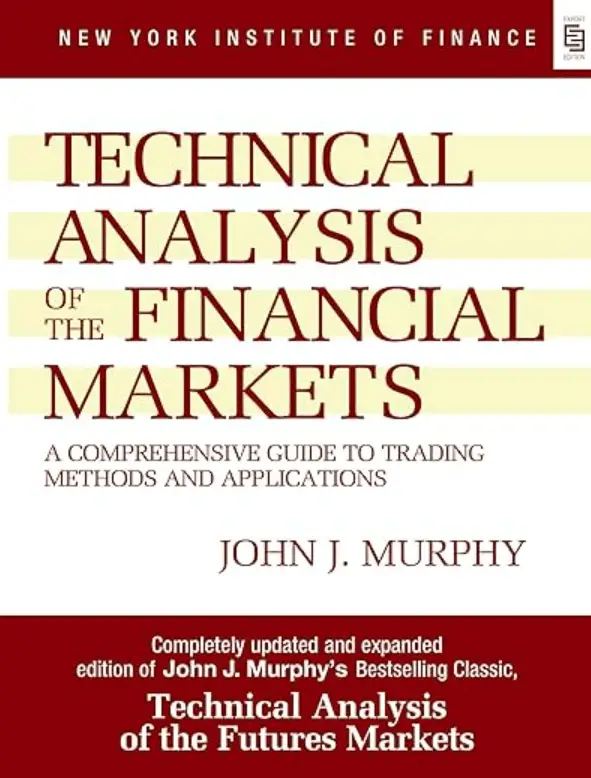
Overview
One of the best known technical-analysis authors, John J. Murphy, is probably most famous for his bible on charting and indicators: Technical Analysis of the Financial Markets. This book contains all types of fundamental & even advanced aspects of technical analysis. Techniques in this book are for both beginners and advanced traders.
Key Concepts
- Introduction to technical analysis: Chart Patterns, trends and Technical Indicators.
- Technical Indicators: Find information on moving averages, relative strength index (RSI), MACD and more in different categories here.
- Chart patterns: This module covers the most important chart pattern such as head and shoulder, double tops & bottoms signal triangle formations.
- Market Analysis: Techniques for analyzing markets such as stocks (equity), futures, and commodities can easily be applied to any other market of interest.
Why Read It?
The layout of Murphy’s book is very good and goes a great way to being able to translate ideas into your trading; making it a top pick for beginners. For seasoned traders, it also functions as a useful
2. A Complete Guide to Volume Price Analysis by Anna Coulling

Overview
A great one that specifically discusses how volume affects price – which is arguably the most important factor in all of technical analysis. For traders who are looking forward to learn about the dynamics of market price movements using volume studies, this book comes quite in handy.
Key Concepts
Volume and Price Relationship: How volume drive price movements What to look for a huge spike in Volume if any
Volume Patterns: How accumulation / distribution phases are identified, volume climaxes and exhaustion patterns.
Technical Analysis Volatility: Price Change Indicators Market Trends and Volume
Practical Applications: Real-world examples and case studies that show the ideas in action completed with: Practical Applications
Why Read It?
Although many traders underestimate volume analysis, it can give excellent clues about the market’s behavior. Coulling offers her book to help you with you understand of this critical element in technical analysis.
3. Steve Nison – Japanese Candlestick Charting Techniques
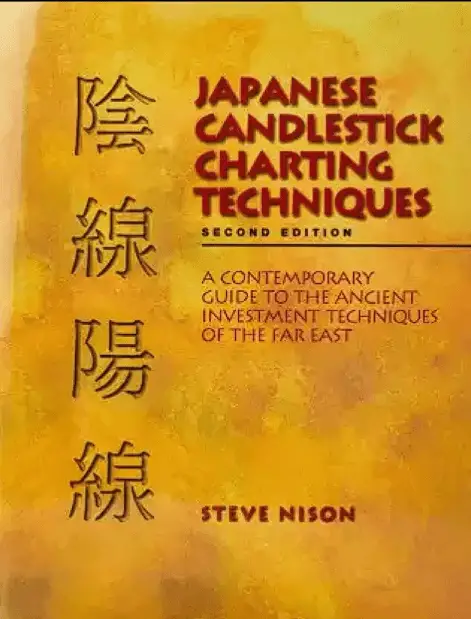
Overview
The first book on the subject was written by Steve Nison in 1991, called “Japanese Candlestick Charting Techniques.” It is the most practical book on using candlestick charting and should be a must-read for anyone who wants to know how it complements virtually every other strategy out there.
Key Concepts
Introduction: Background & Construction of Candlestick Charts.
Candlestick Patterns: Read about doji, hammer and inverse hammer formations for trader insights.
Combining Candlesticks with Other Techniques: How to combine candlestick patterns with other technical analysis signals.
Psychology: Knowing the mood of trading via candlesticks
Why Read It?
Candlestick charting is a key technical analysis tool but Nison’s book was the valuable resource on the topic. It is informative, and well written for traders at all levels.
4. “Technical Analysis Explained” by Martin J. Pring

Overview
Technical Analysis Explained: Martin J. Pring wrote the comprehensive book on technical analysis, publishing a second edition in 2002 with his latest insights from nearly two decades of experience using TA to predict market action.This is a practical book in which the main benefit comes from simple and clear explanation, it’s probably my favorite all-time classic among traders.
Key Concepts
Market Cycles: How to recognize different phases of Market cycles
Indicators: In-Depth coverage of indicators on how to use them efficiently.
Chart Patterns: Here, we will discuss the popular chart patterns and their interpretation.
Day Trading Academy: A service from investing and day trading site, Dayrieo.
Why Read It?
Pring has done a good job of covering the basics and putting them in an easy-to-understand format that would benefit any trader hoping to ground themselves with some TA fundamentals. It also comes with dozens of examples to clarify the essential points.
5. “The Encyclopedia of Technical Market Indicators” by Robert W. Colby
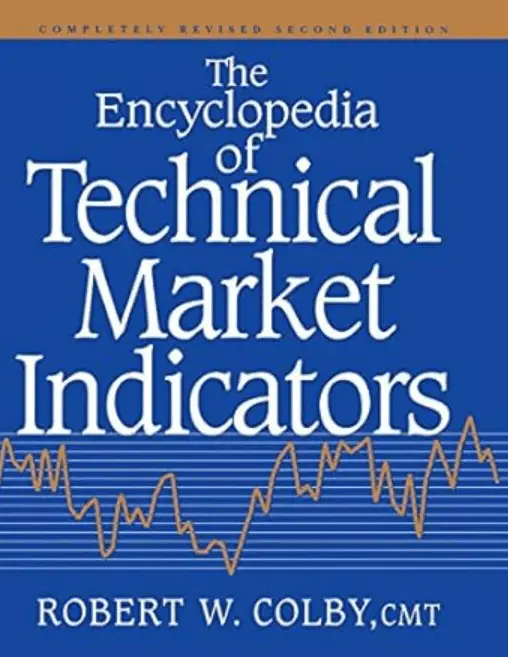
Overview
Robert W. Colby, The Encyclopedia of Technical Market Indicators: Among the most comprehensive of its genre in detailing every technical indicator known to man. It is a must-have for traders, who want to learn and test different indicators on their own.
Key Concepts
In-Depth Coverage: Elaborated descriptions of over 100 technical indicators, including their formulas and practical applications.
Performance Analysis: Use of statistics to compare the performance amongst different indicators.
Useful Tricks: How to choose and combine indicators for successful trading
Context: Brief history and development of technical indicators
Why Read It?
The encyclopedia for traders wishing to deepen their understanding of all indicators… Great for people like me who enjoy trying new tools/techniques.
6. “Trading for a Living” by Dr. Alexander Elder
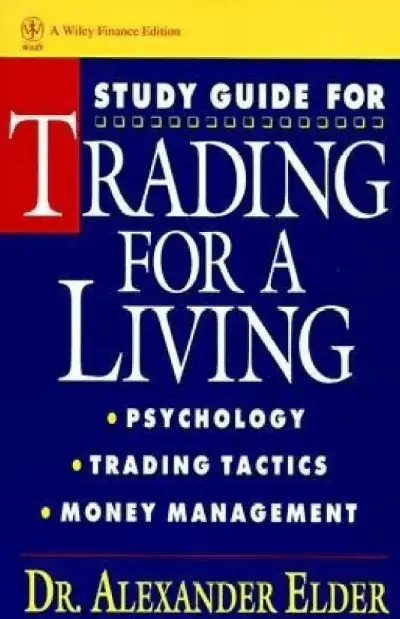
Overview
There is also the well-known and classic book “Trading for a Living” from Dr. Alexander Elder that connects technical analysis with trading psychology and risk management in order to give the trader an edge over the market conditions, this book covers everything in trading, making it a must read by all momentum traders.
Key Concepts
A Complete Guide to Technical Analysis: Covers All the Basics and Tools of technical analysis
Trading Psychology: A look at the emotive nature of trading and what can be done to mitigate emotions.
Risk Management: Ideas On How to Manage Risk and Protect Your Trading Capital
Trading Systems: Rules for writing and testing trading systems
Why Read It?
Whereas, Elder’s book delves into the psychological and risk management elements of trading that are so significant for maintaining longevity. It is clearly written and full of useful information.
7. “The New Trading for a Living” by Dr. Alexander Elder

Overview
The latest version of the classic “Trading for a Living,” Dr. Alexander Elder’s “The New Trading for a Living” covers recent advancements in stock trading methods and technology It presents a contemporary interpretation of the key rules to successful trading practices.
Key Concepts
New Technical Analysis Tools: Use of New Kind Of tools and technologies in technical analysis.
Modern trading techniques: that work best with the market advanced-exchanges influent trading technique
Improved Risk Management Techniques: Reviewed risk management techniques to safeguard trading capital.
Trading Psychology: More constant focus on trading psychology but coupled with new ideas.
Why Read It?
An update to this titled take account of the new tools and techniques available granting traders even more depth in their toolbox. The complete guide of everything that you need to know about trading, really a blueprint since it covers everything. newbie or experienced!
8. “Charting and Technical Analysis” by Fred McAllen
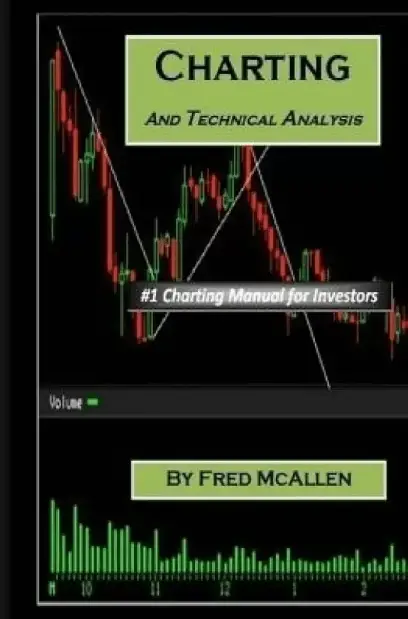
Overview
Charting And Technical Analysis by Fred McAllen’s Charting and technical analysis is a guide that teaches you how to trade using the application of technical analysis. This allows traders to know and be able to implement these concepts as simple explanations with real market examples.
Key Concepts
Trading Indicators: What you need to know about trading indicators, which ones are most used and why.
Introduction to Technical Indicators: Important technical indicators that you should know about and how/when to use them.
Practical trading Strategies: Application of Technical Analysis in Practice.
Market Analysis: How to approach and analyze Markets of different types
Why Read It?
The book by McAllen is very simple for beginner traders, this will enable many of them to know more about technical analysis in modern trading.
9. “The Little Book of Trading” by Michael W. Covel
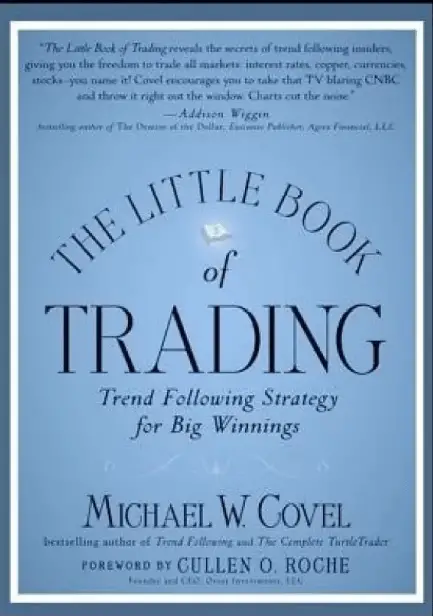
Overview
In his book “The Little Book of Trading” Michael W. Covel shares the insight on trading from some of the best traders in our world today. This book weaves technical analysis into trading advice, and combines it with a personal narrative of what was going on in the market at that time.
Key Concepts
Interviews with Top Traders: Insights and strategies from successful traders.
Technical Analysis Tools and Techniques: Introduction basic concepts of charting for technical analysis
Psychology: A Focus on the Mentality Side of Trading.
Practical Advice: Trading Strategies Generation & Implementation aspects of practical perspective.
Why Read It?
In addition to the best of both worlds view, this book presents technical analysis along with secrets from top traders. This is a prosperous insight, educational and gives traders on all level’s valuable lessons.
10. “Swing Trading Using the 4-Hour Chart 2.0” by Heikin Ashi Trader

Overview
Swing Trading Using the 4-Hour Chart: Part II by Heikin Ashi Trader provides an introduction to a variety of swing trading strategies for use with the 4-hour chart. Each guide offers a step-by-step to swing trading, which means you could possibly head off well-equipped as being educated dealers categorized with the assistance of it.
Key Concepts
The Basics of Swing Trading: Start swing trading and its benefits.
The 4-Hour Chart for Swing Trading: Detailed explanation on swing trading using the 4-hour chart.
Swing Trading Strategies: Simple technical analysis-based swing trading strategies.
Risk Management: Risk management techniques in swing trading.
Why Read It?
Swing Trading with 4-hour Chart, Complete Case Study by Heikin Ashi Trader This book deals A to Z of practical guide about swing trading specially using the 4hour chart. Offering detailed definitions and walk-throughs,The Ultimate Swing Trading Guide is an essential resource for swing traders.
Conclusion
Learning technical analysis properly, is not a destination but an ongoing journey. In this article, we endeavored to list down books that are feature a treasure trove of knowledge as well as tested advice which can assist any trader or investor evolve and progress in the right direction with successful trading. Whether you are seeking to improve your trading skills or just starting out, these books is the perfect guide that can help boost your confidence and increase profits as a trader. Good luck traders… preferred Style Happy reading and successful trading!
Are these books being good for beginners?
Yes, indeed most of the books on this list begin with a thorough grounding in technical analysis which may seem basic to some newbies. Thus, John J. Murphy Technical Analysis of Financial Markets is one book which comes up again and covers vast areas.
Is Technical Analysis Applicable to Any Financial Market?
You can use this method in every financial market such as the stock exchange, commodities, forex and cryptocurrencies. These chart patterns, trends and indicators are universally principled.

